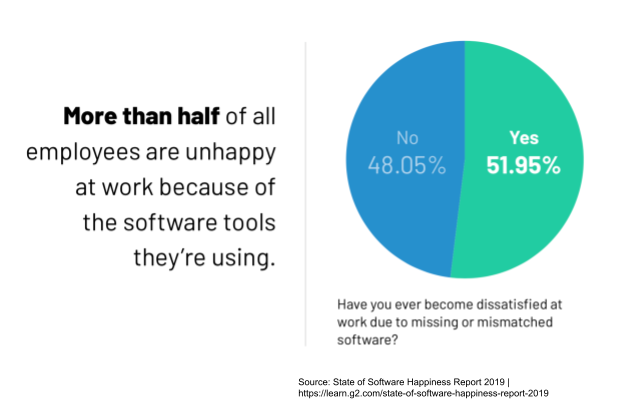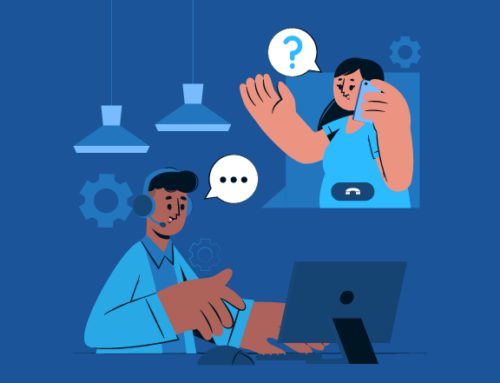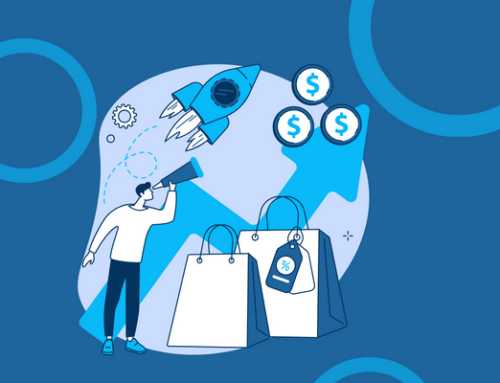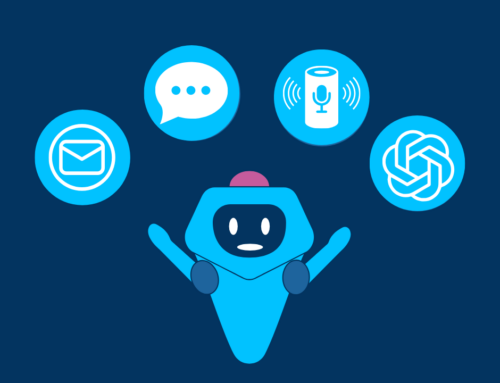Legacy software is, contrary to the definition of “Legacy”, generally regarded in a fairly negative fashion. Whether from an operability standpoint, or simply a satisfaction standpoint, using legacy software or systems can be an absolute nightmare.
Leaving a legacy represents leaving something important, monumental, or meaningful behind. In I.T., a legacy system or a piece of legacy software indicates something that is no longer actively developed, supported, or maintained. There are all sorts of forms of legacy software, but the most common example in recent years would be businesses that continued to use Windows 7 after Microsoft deemed it End of Life.
While a legacy system or software isn’t always End of Life, it will always be missing some significant features or functionality of modern software. One thing to note is that there’s no clear definition of when a piece of software or a system becomes legacy. For example, some pieces of Open-Source software may be legacy, even though they could continue receiving updates indefinitely due to an active community. The most important thing to remember is that the main definition of Legacy Software or Legacy Systems is quite simple – a piece of software or a system that continues to do what it was originally designed for, but fails to allow for growth.
At Sonar Software, we strive to provide a scalable, modern One-Stop Solution for Internet Service Providers, and in this article, we hope to illustrate why making the right choice and moving to modern software and systems is so critical.
How can Software Impede Growth?
Most current businesses rely on their software, and Internet Service Providers especially so. Bad software leads to bad experiences, both for customers and for employees. In fact, more than 1 in 8 employees have left a job as a result of mismatched, or poorly functioning, software according to G2’s State of Software Report 2019.
While there are many areas in which legacy software can restrict growth, the two most pressing are scalability and security. Both these factors, among several others, are driving the movement to replace legacy software, legacy systems, and legacy code through the I.T. industry. Additionally, continuing to use legacy systems poses another set of challenges – cost. From a monetary and personnel perspective, maintaining legacy systems is almost never profitable in the long term.
How Legacy Software Costs You Money
When assessing the financial impact of Legacy Software or Systems, consider it from 2 approaches:
- How this software maintenance is costing you time and money.
- How this software is costing you employees.
No matter the size of your business, it’s easy to fall prey to these two costly behaviors. Even the United States Government Accountability Office is stuck in this position, according to a report released in 2019. The Accountability Office budgeted over $90 Million for I.T. in that year, and approximately 80% of the budget was allocated to the maintenance and operation of critical systems, which includes these costly legacy systems.
You might counter this by accurately stating that any government department is fairly slow to change, and while that’s true, this is only one example. Furthermore, there’s the time required for maintaining all these systems. While each individual device has a variable maintenance window, legacy devices are routinely more problematic to maintain. Software incompatibility, hardware failure, and potential knowledge gaps can all lead to missed maintenance windows or more complex problems with the systems.
This leads to the next point of consideration. The personnel cost of legacy software and systems is measured by monitoring employee happiness with the software while also considering talent retention (or acquisition).

With new technologies, new coding languages, and new software being developed with increasing frequency, retaining existing talent who may be unhappy with the current software can be difficult. Conversely, maintaining and using legacy software can make it difficult to attract new talent who have the existing knowledge to continue using this software, or the desire to learn a piece of legacy software.
This can also be much more direct in the case of billing software like Sonar and our competitors. Legacy billing software may not provide any means of actively monitoring customer payment statuses, account statuses, or a variety of other important information. Having active and reliable status and accounts payable reporting is incredibly important when trying to maintain steady company growth.
How Good Software Helps You Grow
When discussing “good” software in this context, the perspective will be focused entirely on modern software and systems. When evaluating a piece of software, such as Sonar, consider the scalability of the service, and the security it can afford. While Legacy software or systems will often need to be hosted and maintained locally, more modern solutions will run in the cloud, largely reducing both security and maintenance overhead compared to traditional models. Furthermore, modern solutions frequently have the ability to interact with a variety of other devices and pieces of software. For example, Sonar Software provides an elaborate API service through the use of GraphQL and provides numerous Webhooks in order to interact with as many external systems as needed to automate your workflow.
Another important aspect to consider when evaluating modern software is flexibility. This is a bit more esoteric and requires having a clear goal in mind for how your software should function. Should the software or the system be responsive? Offer increased speed when running multiple simultaneous queries? Should it have built-in reporting capabilities? Asking the right questions when picking your software while maintaining a long-term view of what your business’s needs are will ensure growth through the modernization of your systems.
Avoiding the Trap of Legacy Systems
When you’ve been using Legacy Systems for long enough, it’s easy to fall prey to the idea that continuing to use these systems isn’t problematic. In a White Paper published by Dell, they state:
“In the last 10 years, roughly 701 percent of all applications used by Fortune 5000 companies run in legacy environments built 20, 30, even 40 years ago, according to one analyst group.”
Consider it this way – these legacy systems are likely not receiving any security updates, not even critical ones. Maintaining legacy systems can, essentially, be like holding the back door open to your business’s sensitive information. Mitigating these risks should be a large driving force behind a decision to modernize your business, for good reason.
How to Modernize the Right Way
Modernizing isn’t just about picking a new software and getting started with it. At Sonar, we assist you with making sure your important data gets uploaded and backed up, maintaining your historical data, and minimizing downtime with the transition. Modernizing isn’t just about new features – right now, Cloud Native applications such as Sonar are paving the way towards a more reliable infrastructure.
Choosing to modernize will create a better experience for your customers and your employees, and making sure to choose the right modern system(s) is the first step to making sure your business’s growth continues. This lesson can be applied to every company, but for Internet Service Providers and other technology service providers, this is especially true. With Sonar Software, you’ll be able to interact with the other applications in your workflow, increase operational efficiency by taking advantage of the GraphQL API and robust Business Intelligence Reporting, retain historical logs of all actions taken within your instance, and make use of an application hosted entirely in the cloud, ready to grow with your company.




